First time becoming a multinational natural heritage
The World Heritage Committee (UNESCO) in Paris, France has adopted a Decision approving the significant boundary adjustment of the world natural heritage Phong Nha - Ke Bang National Park (Quang Tri province, Vietnam) to include Hin Nam No National Park (Kham Muon province, Lao People's Democratic Republic), with the name "Phong Nha - Ke Bang National Park and Hin Nam No National Park".
UNESCO approved the adjustment of the boundary of the Phong Nha Ke Bang world natural heritage to become the heritage "Phong Nha Ke - Bang National Park and Hin Nam No National Park".
PHOTO: DEPARTMENT OF CULTURAL HERITAGE
The above approval decision was made on July 13, 2025 at the 47th session of the World Heritage Committee in Paris, France.
Previously, Phong Nha - Ke Bang National Park was recognized as a world natural heritage twice. The first time, the park was recognized in 2003; the second time, in 2015. The park was recognized with a core area of 123,326 hectares and a buffer zone of 220,055 hectares. Phong Nha - Ke Bang National Park shares a natural boundary with Hin Nam No National Park of the Lao People's Democratic Republic.
The dossier of Hin Nam No National Park nominated by UNESCO for recognition as an extension of the world natural heritage of Phong Nha - Ke Bang National Park was jointly submitted by the Lao and Vietnamese governments to UNESCO in February 2024, for consideration by the World Heritage Committee at this session.
Outstanding Universal Value of Phong Nha - Ke Bang - Hin Nam No
UNESCO's advisory body, the International Union for Conservation of Nature (IUCN), submitted a Decision to the World Heritage Committee at its 47th Session to approve the boundary adjustment to establish the world natural heritage "Phong Nha - Ke Bang National Park and Hin Nam No National Park" according to the criteria of geology, geomorphology (criterion VIII), ecosystem (criterion IX) and biodiversity (criterion X).
Phong Nha - Ke Bang becomes Vietnam's first multinational world natural heritage
PHOTO: PHONG NHA KE BANG NATIONAL PARK
According to criterion (VIII): Phong Nha - Ke Bang National Park and Hin Nam No National Park belong to the largest intact tropical wet karst systems in the world. The distinctive topography and diversity of the karst landscape is formed by the complex intercalation of limestone karst with shale, sandstone and granite. On the surface, the diversity of polygonal karst features has been recorded to date nowhere else in the world. Underground, the extraordinary diversity of caves (including dry caves, terraced caves, tree caves and cross caves) provides evidence of past geological processes, from ancient river channels, abandonment or alteration of river routes, to the deposition and subsequent re-dissolution of giant stalactites. Of particular importance are the Son Doong and Xe Bang Fai caves, which contain the world's largest recorded cave passage in terms of diameter and continuity, and the largest active river passage and single cave reservoir (water formed by calcite sediments), respectively.
According to criterion (IX): Phong Nha - Ke Bang National Park and Hin Nam No National Park protect globally significant ecosystems in the Northern Annamite Rainforests terrestrial ecoregion, the Northern Annamites and Southern Annamites Freshwater Ecoregions, and the Wet Annamite Range Forests priority ecoregion. The complexity and relative integrity of the limestone landscape has resulted in the creation of multiple ecological niches, providing opportunities for ecological processes and species evolution. Phong Nha - Ke Bang National Park and Hin Nam No National Park support highly specialised and endemic flora and fauna both above ground (such as some orchids and cycads) and below ground (with some invertebrates and fishes restricted to single cave systems).
According to criterion (X): A rich biodiversity of terrestrial, freshwater and subterranean species can be found in the area. More than 2,700 species of vascular plants and 800 species of vertebrates have been recorded in Phong Nha - Ke Bang National Park, over 200 of which were globally threatened at the time of inscription in 2015 and 400 species endemic to Central Laos and/or Vietnam. More than 1,500 species of vascular plants (from 755 different genera) and 536 species of vertebrates have been recorded in Hin Nam No National Park, including many globally threatened and endemic species, including the Giant Hunting Spider, the largest spider by leg span in the world and endemic to Khammouane Province (Laos). The species richness of the site is likely to exceed that of the two respective national parks due to differences in topography and ecological niches. At the same time, the heritage site is home to 10 - 11 primate species, 04 of which are endemic to the Annam mountain range, along with the largest remaining population of the southern white-cheeked gibbon and the endemic black langur.
The Department of Cultural Heritage said that the management of Phong Nha - Ke Bang National Park and Hin Nam No National Park is proposed in two separate Management Plans (Hin Nam No National Park Management Plan and Phong Nha - Ke Bang National Park Strategic Management Plan). The joint management of Phong Nha - Ke Bang National Park and Hin Nam No National Park has been signed by localities of Vietnam and Laos for many years, which outlines joint activities on law enforcement and development of action plans to protect the values of the heritage.
Source: https://thanhnien.vn/viet-nam-co-di-san-thien-nhien-the-gioi-da-quoc-gia-dau-tien-185250713181945499.htm



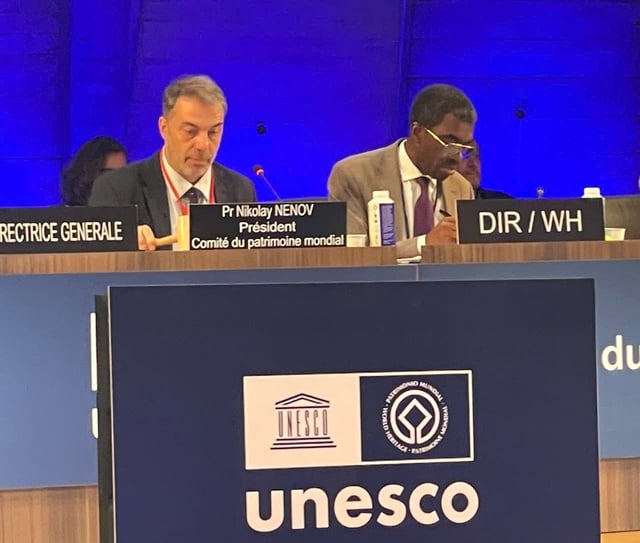
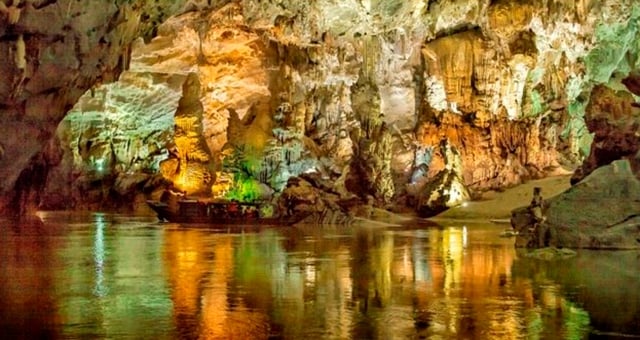
![[Photo] Marching together in the hearts of the people](https://vphoto.vietnam.vn/thumb/1200x675/vietnam/resource/IMAGE/2025/8/31/8b778f9202e54a60919734e6f1d938c3)


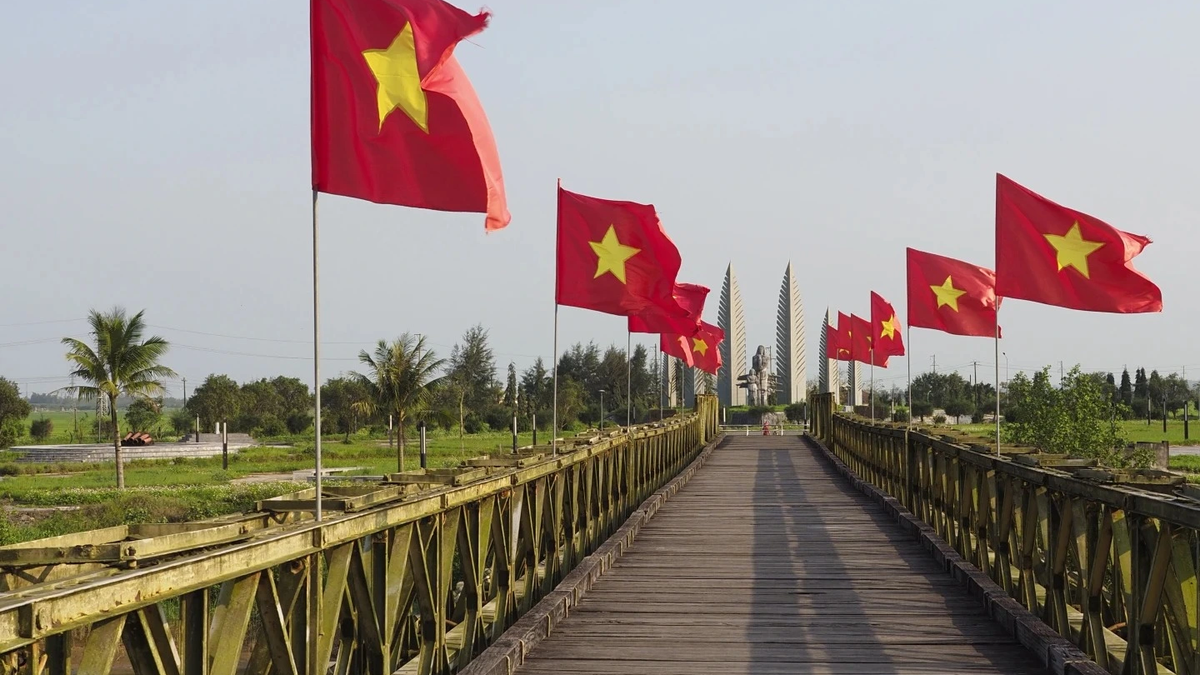
![[Photo] General Secretary To Lam receives Chairman of the National People's Congress of China Zhao Leji](https://vphoto.vietnam.vn/thumb/1200x675/vietnam/resource/IMAGE/2025/8/31/5af9b8d4ba2143348afe1c7ce6b7fa04)
![[Photo] National Assembly Chairman Tran Thanh Man welcomes and holds talks with Chairman of the National People's Congress of China Zhao Leji](https://vphoto.vietnam.vn/thumb/1200x675/vietnam/resource/IMAGE/2025/8/31/9fa5b4d3f67d450682c03d35cabba711)
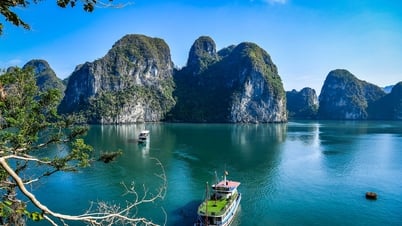

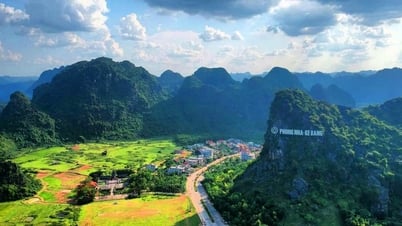

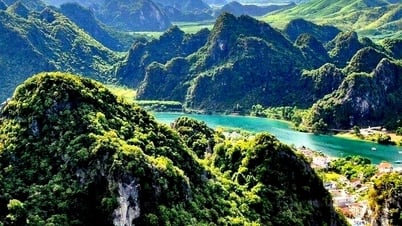









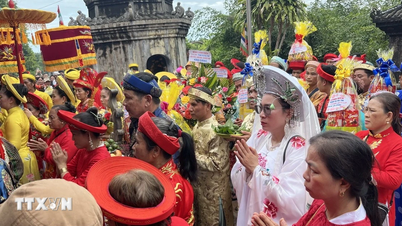
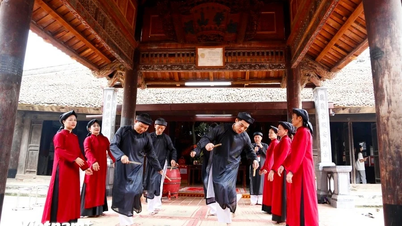
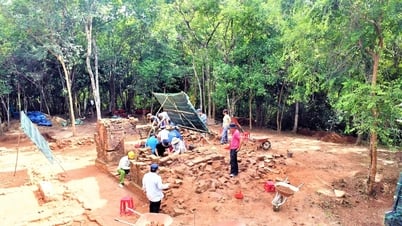

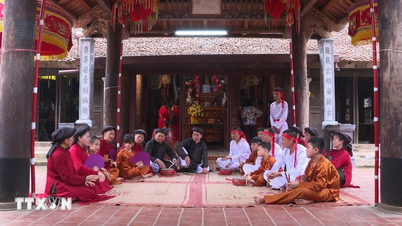





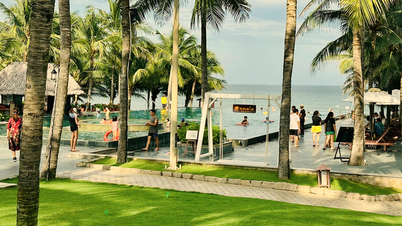





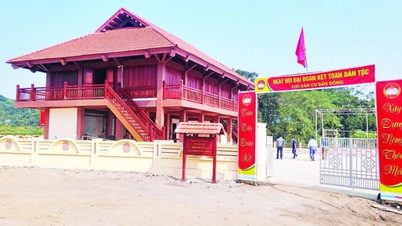







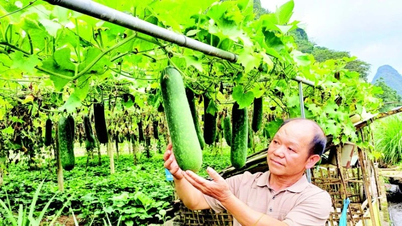
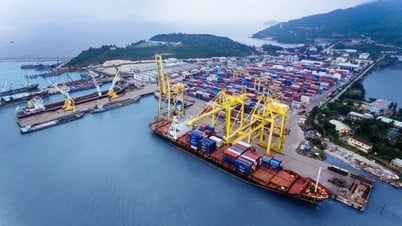































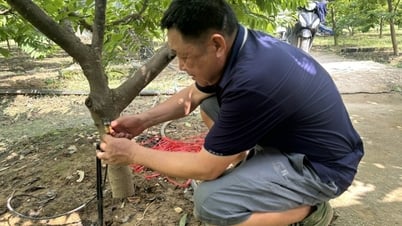


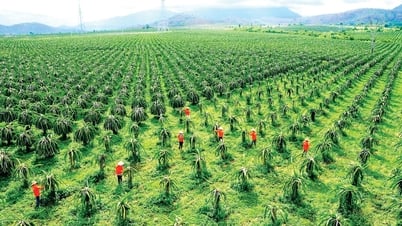






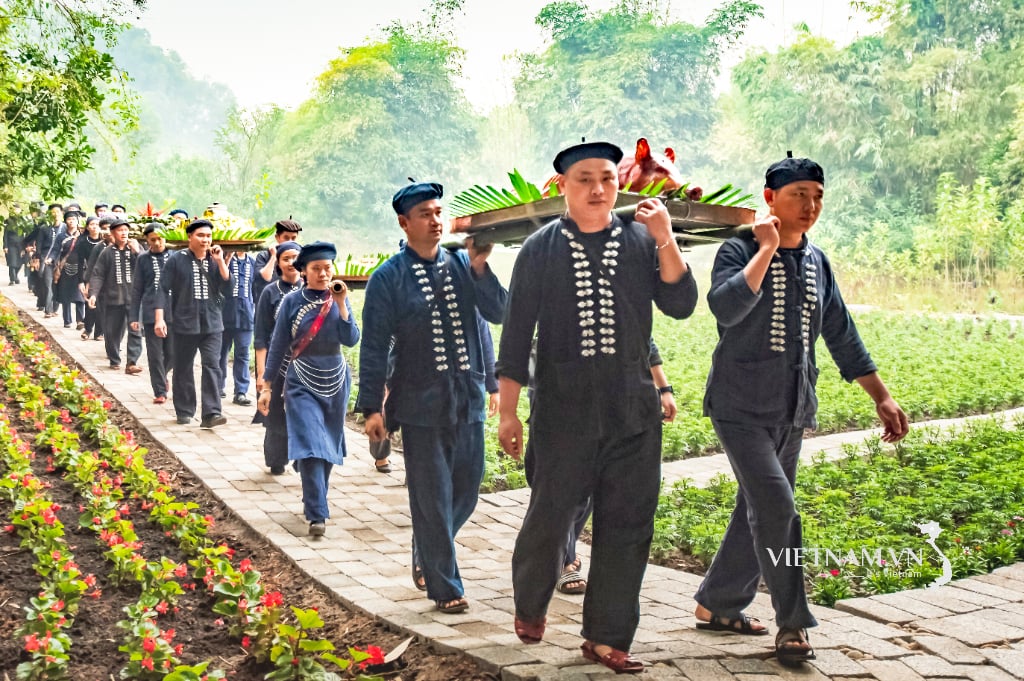
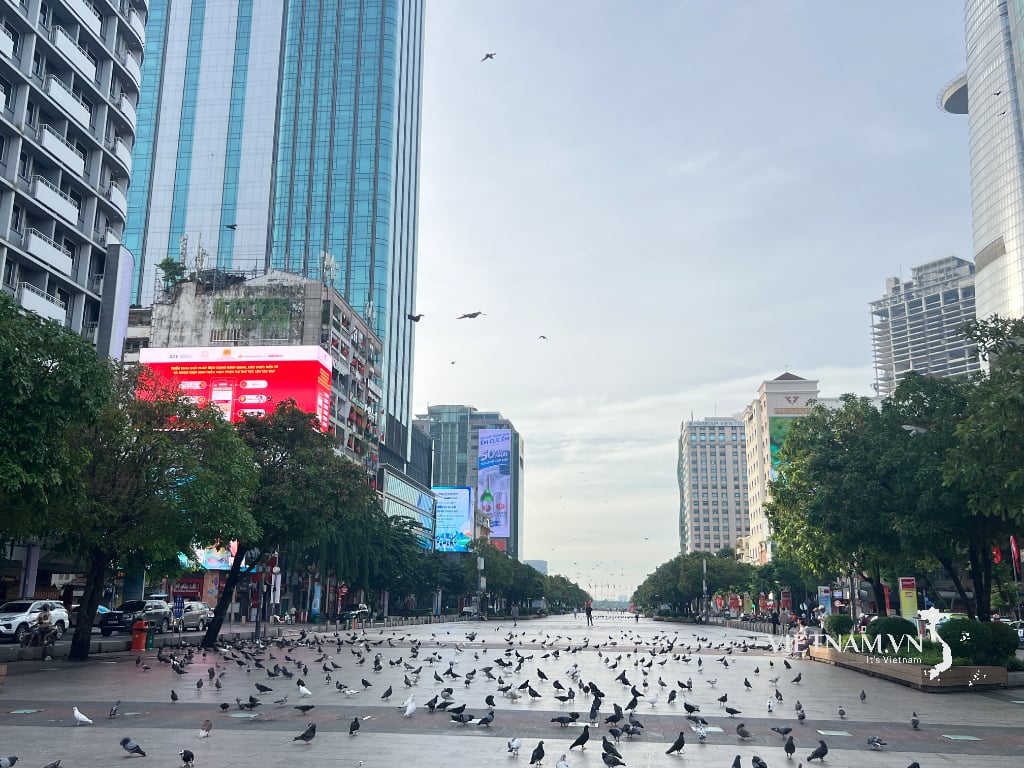
Comment (0)